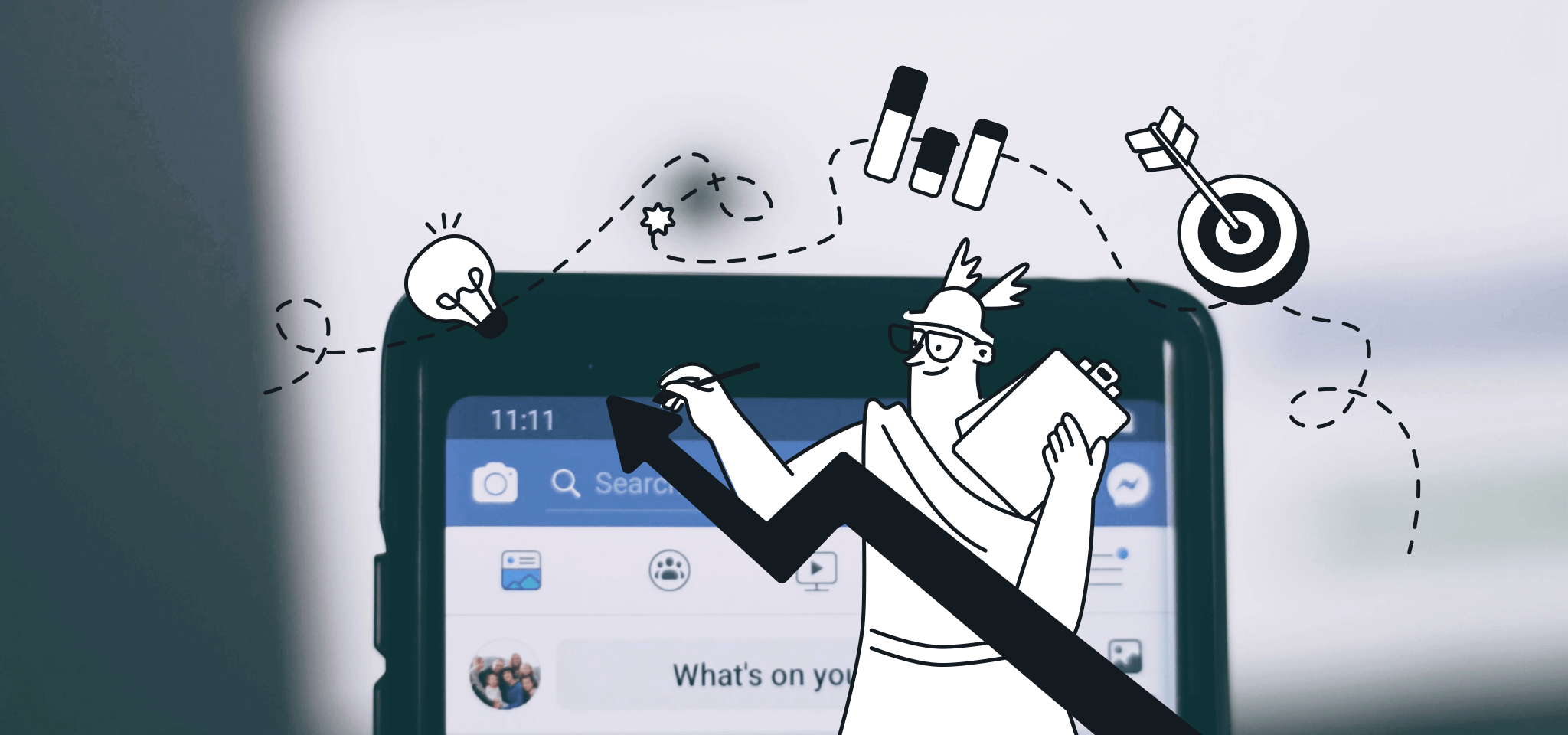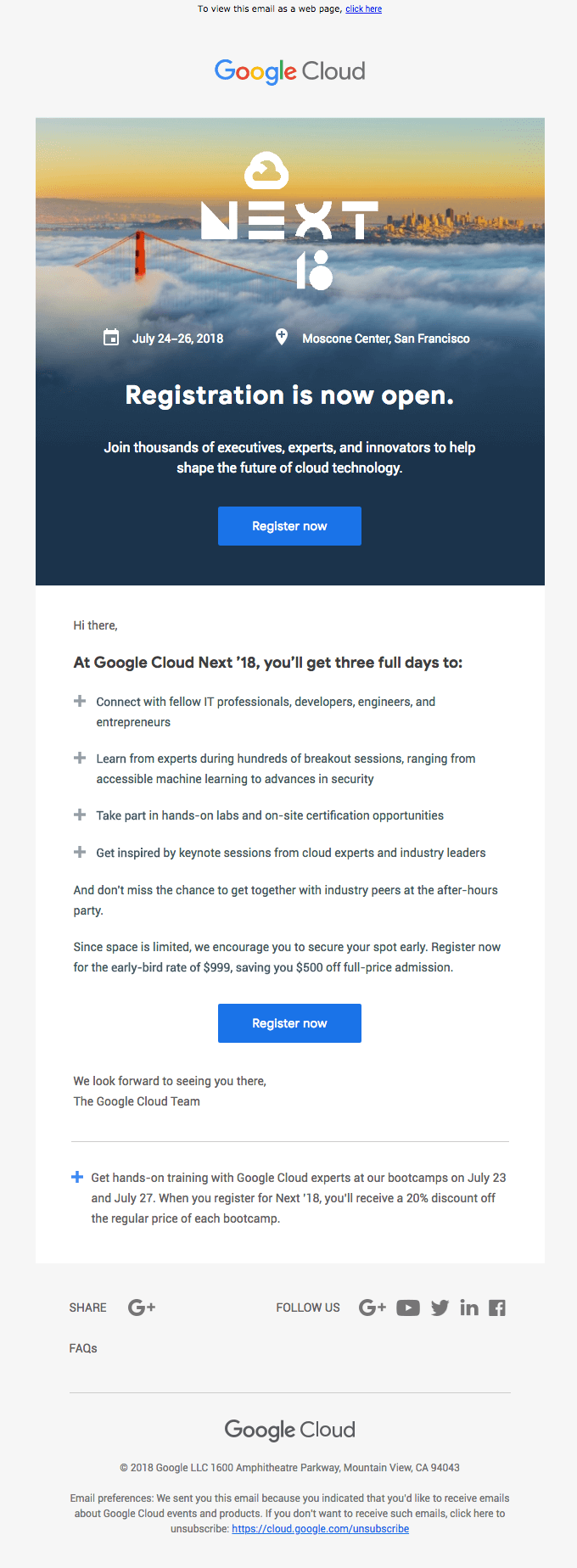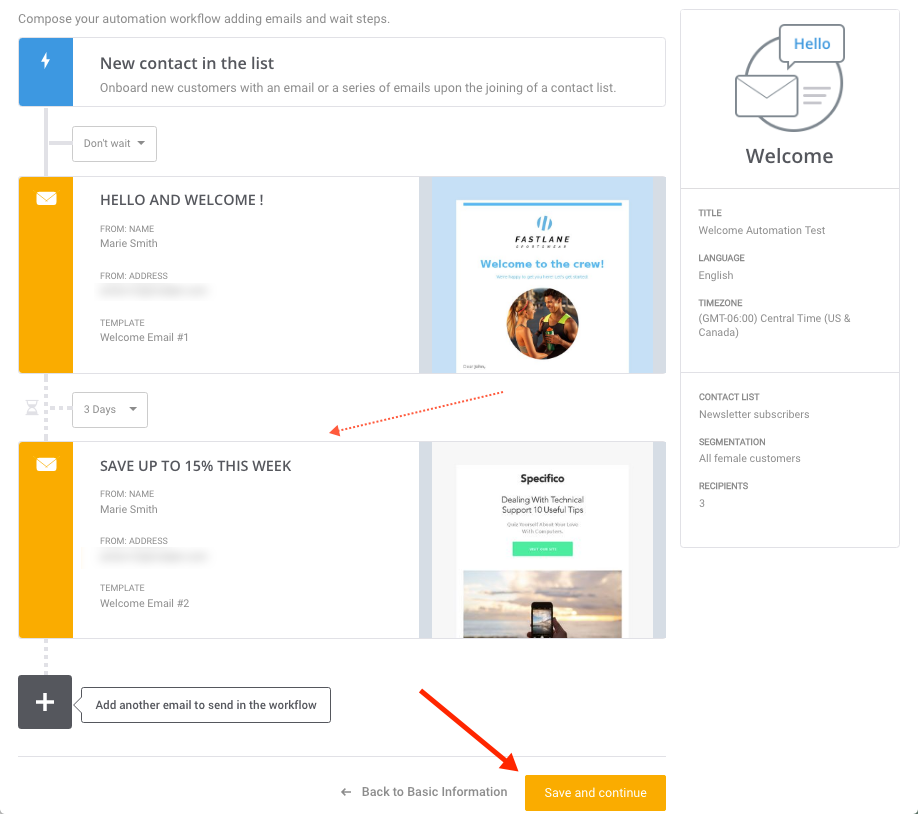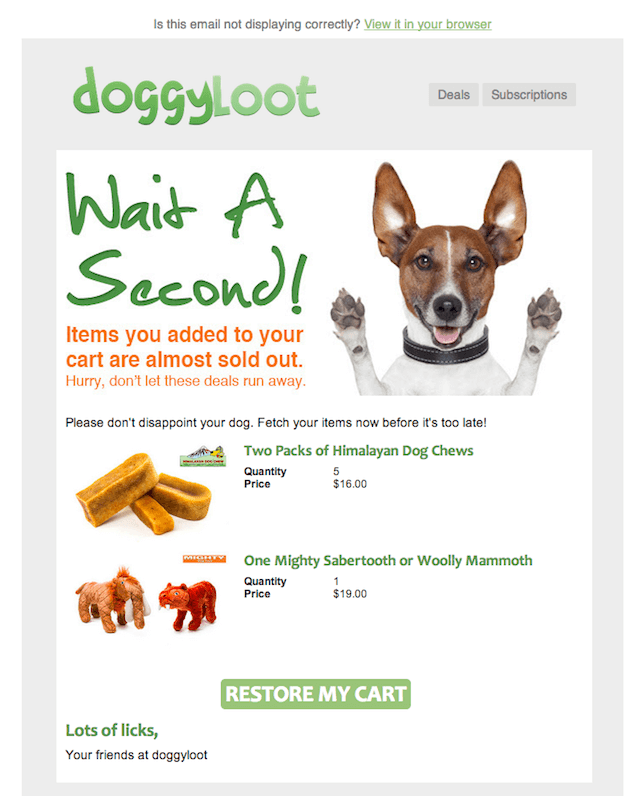Marketing
How email can make up for declining organic Facebook reach
If you’re like 55% of marketers, you have seen a significant decrease in your Facebook page’s engagement since they changed their algorithm. As organic reach declines, it's time to build on property you personally own: your email lists.

PUBLISHED ON
If you’re like 55% of marketers, you have seen a significant decrease in your Facebook page’s engagement since they changed the algorithm to encourage “more meaningful social interactions with family and friends.” While social media platforms are, of course, an important way to connect with your audience, it’s increasingly become clear that doing so means you are communicating on someone else’s property - not your own. You do not own the relationship, the channel, or the data, and therefore are at the mercy of how other platforms decide to distribute your content.
Table of contents
100K followers on Facebook, Instagram, Twitter, or LinkedIn is not nearly the same as 100K subscribers on your newsletter. Assuming you land in 99% of inboxes, and get a respectable open rate of 20%, you are already well above the rate of Facebook followers that will even have a chance of seeing your post. Way back in 2012, organic reach on Facebook was at an all time high of 16%, this was down to 6.5% in 2014, and since changes to Facebook’s algorithm this year brands are seeing organic reach around 2%.
While social media offers the benefit of personalization and targeting in a way we didn’t know possible only a few years ago, email marketing is right there with them and in fact is doing so in a way that is based on the explicit permission of the audience. Something that is, of course, becoming increasingly important in a new age of Data Privacy and GDPR.
The question then is when do you want to use paid and organic content on social media platforms? Do you want to be paying for one click to your website, or do you want to be paying for the beginning of a warm and recurring relationship with your audience? By growing your email list, and from there building a quality, permission-based, relationship, you are building value in your own property.
To make up for this diminishing impact of organic reach on social media platforms, it’s important to apply what you’ve learned from social media’s personalization and data analysis to your email marketing.
Email marketing & personalization
Email offers the unique ability to personalize content to your audience - who they are and what they like. Personalization extends beyond just calling out their [First_Name], allowing marketers to curate content, links, images, and even videos based on any data and metrics you have received from the user. This is especially true for online retailers who benefit more than many other brands with advanced data including buying history, location, and more. Today, however, only 39% of online retailers send personalized product recommendations.
At first, personalization can seem daunting when you think about customizing a message to every single individual in your list, a list that may reach into the millions. Personalization, however, doesn’t need to be about one-to-one relationships, instead it is about personalizing your content to broad categories like interests, behaviours, or any attribute that can be shared by many. If you know from previous email engagement, through your website, or any other data collection method, that an email address is associated with a certain attribute - you can use this to personalize future emails.
For example, did they open a previous email about a shoe sale? Did they click a link about women’s jeans? Did they select a specific dropdown item from a menu?
The Miami Heat captures your favorite player when you sign up for their email list. How do they use this information? In any an infinite amount of ways - they could segment their list so only people who select that player receive the content (more on that below) or they could feature a rotating case of players in their bulk email and personalize who will appear in the email based on the user. If youf favorite player is Dwayne Wade - guess who’s video interview the Miami Heat include in their email?

Email list segmentation
As alluded to above, personalization and segmentation are in the same family but are different for a few important reasons. Whereas personalization is about substituting content, images, text, etc. based on data within a mass email, segmentation is about chopping up your contact lists and sending only to certain people...based on data. This could be based on their location, whether they’ve recently opened an email, their level of engagement in your products, who their favourite player is (again), their favorite color, whether they identify as a dolphin or a poodle, whatever you can have fun with and use to serve up content they’d enjoy.
Segmentation is a great way to not only personalize content, but to save money and dramatically increase your ROI. For instance, Mailjet is a volume-based email model meaning our plans are priced on the number of emails you send. If you send an email to every single one of the 100K subscribers of your newsletter, you will be paying for 100K emails.
However, if you segment your list so that only active users receive the email about new product updates, or only US-based subscribers receive your email about an upcoming event in San Francisco, then you not only increase the likelihood of engagement, of return of investment, of the reputation of your domain to inboxes like Gmail - but you also save money. In fact, according to research from Liveclicker, a company that provides personalization services, behavioral targeting delivers an 8 percent increase in email revenue.
Our friends over at Google Cloud Platform know this well. Do you think everyone on their newsletter list received this email? Or only those in the Bay Area?

Email automation & integrations
Almost as important as sending the right content to your audience, is sending at the right time. Marketing automation tools, paired with the personalization tips above, allow for you to communicate with your customers at the optimal time based on any number of triggered events or actions such as newsletter signup or purchases. For example, when users make their first purchase on your website, or sign up for your newsletter, you can increase engagement and personalization through a drip campaign customized to their interests and behaviours.

When you first sign up for a weekly newsletter, it may take up to 7 days to actually receive that first newsletter in your inbox, depending on when you signed up. You devoted all of your energy and money in order to (1) identify your target audience, (2) find out how to get their attention, (3) provide value or serve up an ad to get them to sign up for their newsletter, and then after all that you just add them to a long list of other users. They are as hungry for your content as anyone on that list, but you don’t serve them what they want, when they want it.
Automation allows you to send the content they are craving right away so that the weekly bulk newsletter isn’t the first email they receive from you. Perhaps the first one is a welcome email featuring a blog or video you think they will enjoy (ideally based on the data they’ve given you already). Perhaps the second email is something of even more value, like a discount code or a one-time sale. By building trust and offering value right off the bat, you can count on this user continuing to open your emails moving forward.
You can take your automation even further by integrating apps like Shopify, Wufoo, and yes even Facebook.
Many brands use integrations like Shopify to leverage the data they receive from triggers like purchases and abandoned carts to better personalize their campaigns and segment their lists. Doggyloot for instance keeps their customers coming back with e-commerce integrations into their email marketing to not only personalize the content but also target their sending to those they know are already interested in purchasing a product.

Permission-based targeting
As organic reach on social media declines, and we move increasingly towards a permission-based marketing world, it doesn’t mean we need to move away from tailored content informed by data. In fact, as opposed to relying on a mysterious algorithm on property you do not own, learn more heavily into your own permission-based data collection tools on property you do own: your email lists.
Use these tips wisely, and you'll be on your way to great email marketing.








